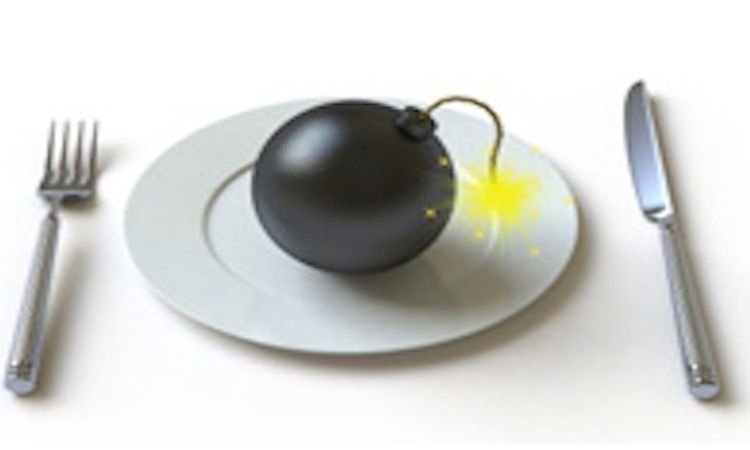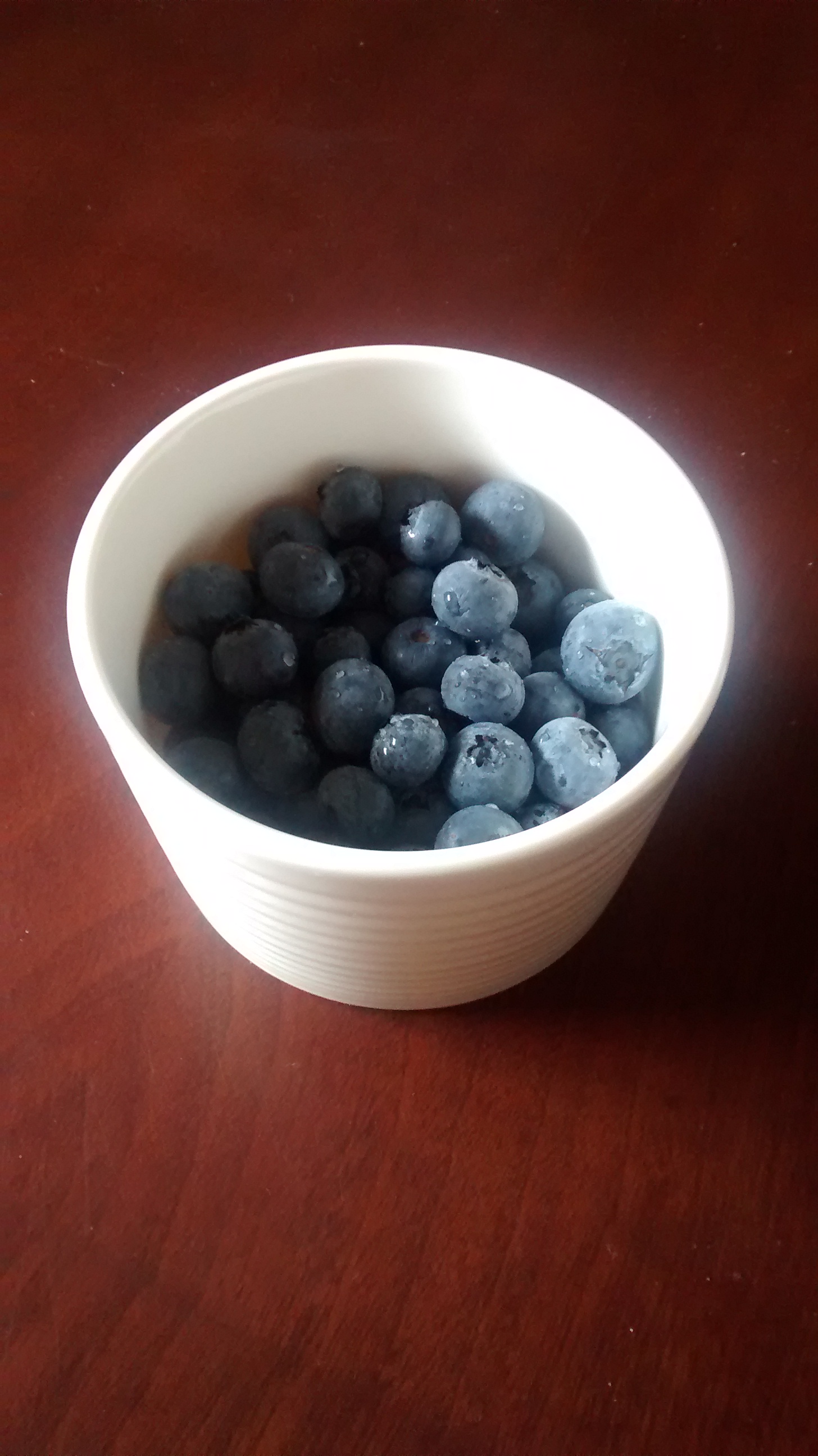The amount of energy in our bodies, obtained from the food we eat, is measured in calories or kilojoules. There are several different macronutrients from which we obtain energy each of which has a different energy value per gram (as shown below).
- Water 0cal/0kJ
- Carbohydrate 4cal/16kJ
- Protein 4cal/16kJ
- Alcohol 7cal/29kJ
- Fat 9cal/37kJ
The body has the capacity to use carbohydrates, fats and proteins to generate energy and at any one time no one fuel source is used in isolation. The body does, however, have a preference in fuel choice.
- Carbohydrates – the body’s preferred fuel source. This is the only fuel source used by the brain and central nervous system and is the preferred source of immediate energy for the working muscles. When our body does not have sufficient levels available, we will feel tired, moody, and have poor concentration & co-ordination.
- Fats – provide an infinite amount of energy to the body, especially throughout continuous low intensity exercise.
- Protein – the body increases its reliance on protein for fuel as carbohydrate levels decrease.
The only time carbohydrates are not the body’s first choice in providing energy is when alcohol is consumed. Alcohol has a higher level of energy per gram and is also TOXIC to the body. The body then utilizes alcohol for it’s preferred fuel resulting in all other macronutrients being stored as FAT for later energy use. Think of alcohol as a poison – the body must get rid of the poison first!
It is thought that the “beer belly” is caused by excess alcohol calories being stored as fat. Yet, in reality, less than five percent of the calories you drink from alcohol are turned into fat. Rather, the main effect of alcohol is to reduce the amount of fat your body burns for energy.
The primary effect of alcohol on the body is not so much how much of it gets stored as fat, but how it shuts down the body’s ability to access your fat stores for energy. Basically this means carbohydrates and fat are prevented from being burnt as energy because alcohol becomes the preferred energy source of the body. Essentially you are shutting off the fat burning process by drinking alcohol.
When alcohol is consumed, a very small portion of the alcohol is converted into fat. The body’s liver then converts most of the alcohol into a substance called acetate. Acetate is then released into your bloodstream. When your blood acetate levels rise, your body simply uses more acetate instead of fat.
A study by the Journal of Clinical Nutrition showed a 73% reduction in fat and carbohydrate metabolism for three hours after consuming only two 90 calorie vodka drinks. The more alcohol you consume, the longer this window will be.
Alcohol also increases appetite – when alcohol is combined with a high-calorie meal, it is is especially fattening. The more you drink, the more you tend to eat. And unfortunately, having just two drinks in an hour will leave your liver struggling to convert the alcohol into acetate, which means that other foods are more easily converted into fat.
The bottom line
While an occasional drink or two won’t hurt the body every now and again, excessive drinking will halt your fat loss efforts and prevent you from building muscle tissue. A leaner stronger body will not come from drinking alcohol!


